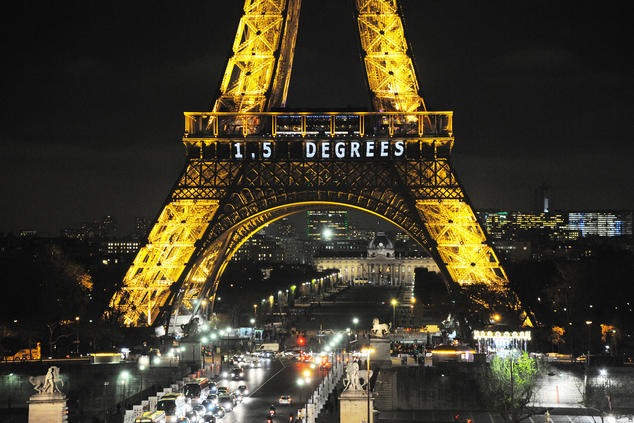3-Piece Primer to the Paris Agreement
The Paris Agreement. You’ve heard it mentioned in casual conversation and political debates. But what is it exactly? What does it entail? With so much going on in our lives, our towns, and our country, it’s small wonder that many of us don’t know.
We’re here to give you a primer on the Paris Agreement to you in three easy pieces. Next time you catch someone with a confused look on their face, you’ll be able to fill them in with the facts.
197 Parties Involved
The Rio Earth Summit (1992) negotiated an international environmental treaty called the United Nations Framework Convention on Climate Change (UNFCCC). Since 1995, members of the UNFCCC have met annually at the Conference of Parties (COP) to assess global progress on climate change.
The 2015 United Nations Climate Change Conference took place in Paris from 30 November to 12 December. It marked the 21st session of the COP (COP 21), at which time the UNFCCC was comprised of 197 Parties.
The Paris Agreement is an outcome of COP 21. It is an international treaty among the 197 Parties of the UNFCCC. It entered into force on November 4, 2016. As of this writing, 145 of the 197 Parties involved have ratified the Paris Agreement. Track which Parties have ratified the Paris Agreement.
Common Framework for All Nations
The Paris Agreement established a common framework by which all Parties respond to climate change. Prior to the agreement, developed and developing nations’ commitments were sharply differentiated. Under the new agreement, all Parties are committed a unified approach to climate change through “nationally determined contributions” (NDCs). This approach includes provisions to hold Parties accountable, such as regular reporting on emissions and implementation efforts and an international review of those efforts every five years. Moreover, the agreement has led “186 countries responsible for over 90 percent of the world’s climate pollution to announce specific national reduction plans for climate action after 2020” and will mobilize investments to help developing countries build “low-carbon, climate resilient economies” (UNFCCC, NRDC).
2 Degrees Celsius
The main goal of the Paris Agreement is to prevent the average rise of the global temperature by 2 degrees Celsius and to pursue measures that will limit the average temperature increase to 1.5 degrees Celsius over the next century. The global temperature’s rise is measured against pre-industrial levels. If the global temperature rises above 2 degrees Celsius, the consequences include rising sea levels, flooding, severe storms, forest fires, drought, and species extinction (UNFCCC, Business Insider).
There you have it, a three-piece primer to the Paris Agreement. For more information on what’s in the Paris Agreement, read it here, or read an outcome summary here. To learn about The Global Carbon Budget, visit the World Resources Institute website here. Next time you hear someone talking about the Paris Agreement at a barbecue, don’t be afraid to share your insights!


No Comments